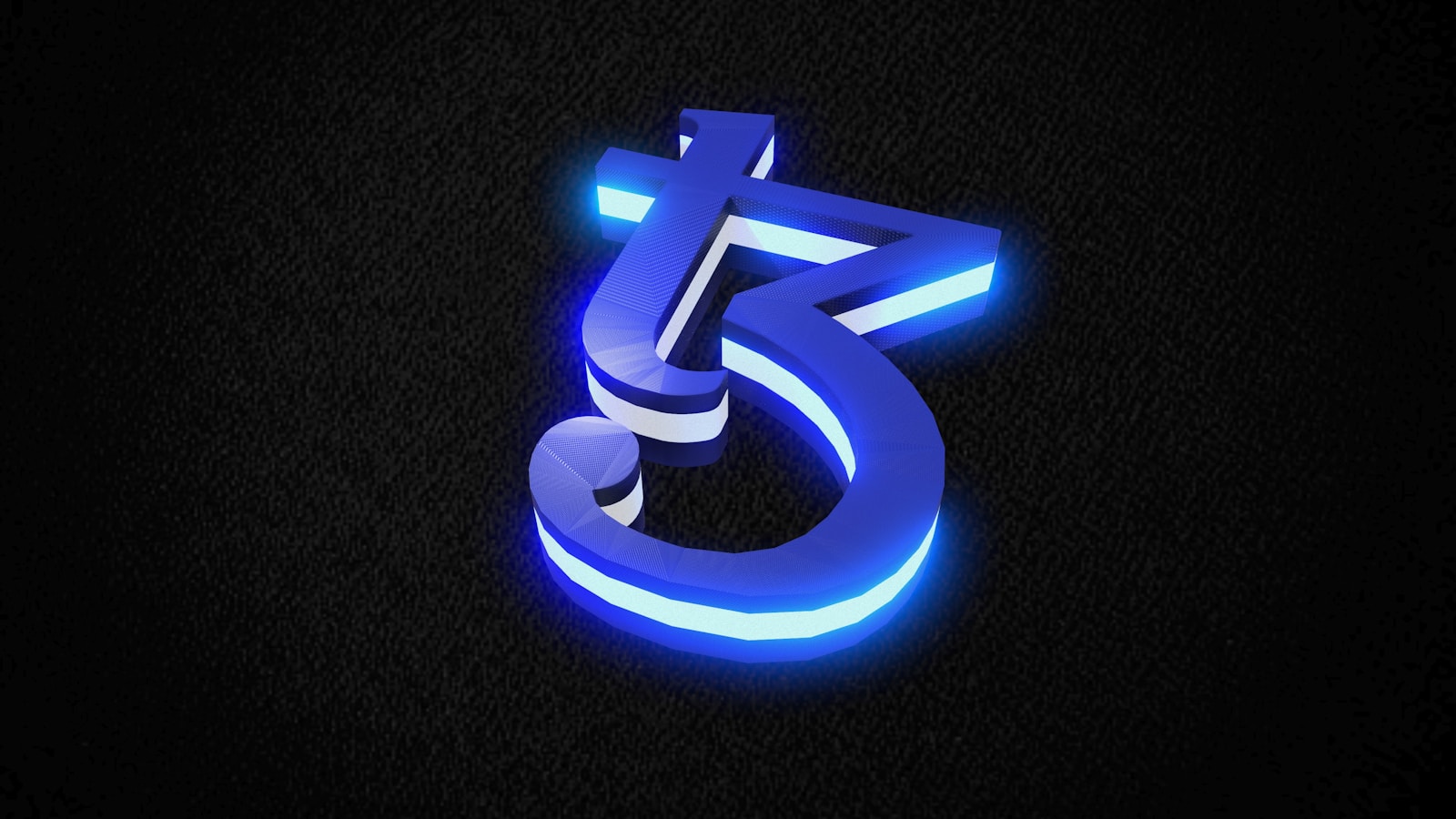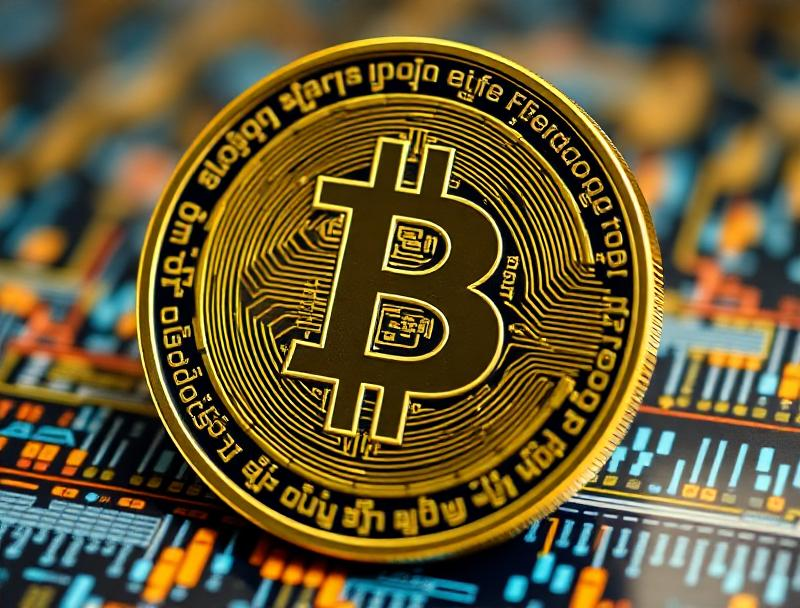Distributed systems replace single points of control with multiple independent nodes, increasing resilience and reducing risks tied to one controlling entity. This shift empowers participants by spreading decision-making across a network, allowing for greater transparency and minimizing the chances of unilateral interference or censorship.
The absence of a central figure managing resources means freedom expands beyond traditional limits. Users gain more direct influence over their data, assets, and interactions, fostering trust through shared responsibility instead of relying on a single custodian who could misuse power or falter.
Control in such environments is dynamic and collective. Instead of decisions imposed from above, consensus mechanisms and peer validations ensure actions reflect the community’s interests. This architecture not only improves security but also aligns incentives so that every participant benefits from maintaining system integrity.
Decentralization: why no central authority matters
The architecture of a distributed network eliminates the need for a single controlling entity, which directly impacts how trust and transparency operate within blockchain systems. Instead of relying on one point of control, data is shared across multiple nodes, ensuring that no single participant can manipulate the system without consensus from others.
This approach enhances freedom by allowing users to interact peer-to-peer without intermediaries who might impose restrictions or censorship. For example, Bitcoin’s network consists of thousands of miners and nodes worldwide, collectively validating transactions rather than depending on a bank or government institution.
How Distributed Systems Ensure Integrity
In distributed ledgers, every node maintains a copy of the entire database, making tampering extremely difficult. Since changes require agreement among many participants, fraudulent activities become easily detectable and reversible. Ethereum expands this concept by enabling decentralized applications (dApps) that operate autonomously through smart contracts, further reducing reliance on centralized control.
The elimination of a singular governing body also distributes risk. Traditional centralized systems pose vulnerabilities such as single points of failure or targeted attacks; in contrast, networks like Polkadot utilize parachains to spread workload and secure interoperability between different blockchains. This redundancy strengthens overall resilience and uptime for users globally.
- Network security: More nodes mean greater protection against hacking attempts.
- User autonomy: Individuals retain ownership over their data and assets.
- Censorship resistance: No intermediary can arbitrarily block transactions.
The concept transcends financial use cases–decentralized identity solutions enable people to control personal information without centralized databases vulnerable to breaches. By distributing verification processes across numerous independent parties, these systems increase privacy while maintaining reliability.
Understanding how decentralization shifts power dynamics clarifies its significance beyond technology hype. Removing central control fosters an open ecosystem where participants share responsibility equally, promoting fairness and innovation that benefits everyone involved in the network’s growth and governance.
How Decentralization Prevents Censorship
Removing a single controlling entity from a network substantially reduces the risk of censorship by eliminating centralized points where control can be exerted. When data and decision-making processes are distributed among numerous independent participants, no single participant can unilaterally dictate or block information flow. This distribution creates a resilient architecture that resists attempts to manipulate or erase content.
The structure of distributed networks inherently promotes transparency and openness. Since data is replicated across multiple nodes, attempts to censor specific transactions or messages require coordination among a large number of participants, which becomes impractical and economically disadvantageous. This mechanism ensures that the system continues operating despite external pressures.
Technical Foundations of Resistance to Censorship
In decentralized systems, consensus protocols such as Proof-of-Work (PoW) or Proof-of-Stake (PoS) govern how updates are validated across the network. These protocols prevent any single participant from gaining excessive influence over state changes. For example, Bitcoin’s blockchain uses PoW to distribute validation responsibilities globally, meaning that censorship would require controlling over 50% of computational power–a prohibitively costly and detectable effort.
Moreover, the open-source nature of many distributed ledger technologies allows anyone to run a node or verify transactions independently. This open participation means that if one group attempts to exclude certain information or users, others can continue processing and broadcasting uncensored data. The ability for any participant to validate and propagate information ensures continuous availability without gatekeepers.
- Example: During political unrest in some countries, centralized social media platforms have been pressured to remove content or block users. In contrast, decentralized platforms like Mastodon operate on federated servers where control is spread across communities, making widespread censorship significantly harder.
- Case Study: Ethereum’s smart contract ecosystem demonstrates censorship resistance by enabling immutable applications where code execution cannot be arbitrarily stopped by any single entity.
This resilience extends beyond simple data storage; it impacts financial operations as well. Cryptocurrencies running on distributed ledgers allow users to transact without intermediaries who might freeze accounts or refuse service based on arbitrary decisions. The absence of central intermediaries means transactions proceed autonomously once validated by the network consensus.
The technical design choices behind distributed ledger technology directly enable resistance against censorship by decentralizing validation and storage processes. This approach fundamentally challenges traditional models relying on hierarchical control structures, providing users with more robust guarantees regarding freedom of access and expression within digital ecosystems.
Impact on Transaction Transparency
Transaction transparency significantly improves when control over the network is distributed among numerous participants rather than concentrated in a single entity. This distribution removes the possibility of unilateral manipulation, as every transaction is recorded and verified by multiple independent nodes. For example, blockchain platforms like Bitcoin and Ethereum publish transaction histories openly, allowing anyone to audit transfers without requiring permission or access from a governing body.
The elimination of a centralized overseer grants users greater freedom to verify transactions themselves. This decentralized verification process creates an immutable ledger where data cannot be altered retroactively without consensus from the network majority. Consequently, fraudulent activities become economically and technically impractical, enhancing trust through inherent system design rather than reliance on external enforcement.
Technical Mechanisms Enhancing Transparency
Distributed ledger technology leverages cryptographic proofs and consensus algorithms such as Proof of Work or Proof of Stake to validate transactions collectively. These protocols ensure that no single participant can rewrite history or exclude specific records unnoticed by others. In practice, this means that all changes to the ledger are transparent by default, with each node holding a synchronized copy reflecting the entire transaction history.
This structure contrasts sharply with traditional financial systems where centralized databases limit visibility to authorized parties only. For instance, bank account records remain confidential and controlled by institutions, which may restrict access or delay information dissemination. In decentralized networks, transparency is not an afterthought but a fundamental characteristic arising from shared responsibility and open data accessibility.
Reducing Single Point Failures
To minimize risks associated with single points of failure, systems must adopt a distributed network architecture that eliminates reliance on any one node or entity. By dispersing control across multiple participants, the likelihood of total system collapse due to one compromised component is significantly reduced. This approach aligns with the principle of freedom from centralized oversight, ensuring that no single operator can unilaterally disrupt operations.
A practical example lies in blockchain technology, where data is replicated across numerous independent nodes worldwide. Each node validates transactions autonomously, preventing downtime caused by localized outages or attacks on specific servers. Such redundancy enhances overall resilience and ensures continuous availability without requiring trust in a singular controlling party.
Technical Foundations of Distributed Systems
The core strength of distributed frameworks is their ability to maintain consensus despite partial failures. Protocols like Practical Byzantine Fault Tolerance (PBFT) and Proof of Stake (PoS) provide mechanisms for nodes to agree on system state even when some actors behave maliciously or unpredictably. This process guarantees integrity without centralized intervention, which otherwise would represent a vulnerability point.
For instance, Ethereum’s transition from Proof of Work (PoW) to PoS demonstrates how distributing validation responsibilities improves fault tolerance while lowering energy consumption. Each validator independently confirms blocks, and misbehaving validators face penalties enforced automatically by the protocol rather than by any authoritative figure.
Balancing Control and Autonomy
A key challenge involves balancing distributed governance with operational efficiency. Systems that overly fragment control risk slowing down decision-making or complicating updates, whereas too much consolidation reintroduces potential failure nodes. Hybrid models offer solutions by delegating certain tasks to trusted committees while preserving broad participation in critical decisions.
- Example: Delegated Proof of Stake (DPoS) elects representatives to manage block production but retains community rights to revoke them.
- Benefit: Reduced latency combined with protection against abuse through transparent voting processes.
Real-World Impacts on Security and Availability
The absence of centralized choke points diminishes attack surfaces exploited by denial-of-service assaults or insider threats. Distributed networks can isolate compromised segments without halting global functionality. This compartmentalization supports uninterrupted service even under adversarial conditions, reinforcing user confidence in system stability and impartiality.
An illustrative case is the resilience of Bitcoin’s peer-to-peer network during targeted attacks: nodes reroute communications dynamically, maintaining synchronization despite attempts to disrupt connectivity at specific locations. Such robustness exemplifies how distributing authority promotes operational freedom and security simultaneously.
User Empowerment Through Distribution
A decentralized design empowers individuals by returning control over data and assets directly into their hands instead of entrusting it to intermediaries susceptible to errors or coercion. Users participate actively in network maintenance by running validating nodes or staking tokens, cultivating a shared responsibility model rather than passive reliance on centralized entities.
This participatory environment nurtures innovation and adaptability since changes require collective agreement rather than top-down imposition. Consequently, networks evolve organically based on community needs while safeguarding against unilateral manipulations that could jeopardize fairness or continuity.
Enhancing User Control Rights
User control over digital assets and data should be anchored in distributed systems that remove single points of oversight. By leveraging consensus mechanisms and cryptographic proofs, individuals gain direct management capabilities without intermediaries dictating terms or access.
Such architectures increase operational transparency and resilience, ensuring that decisions are collectively enforced rather than imposed by a singular governing body. This shift reinforces personal freedom through technical means rather than relying on trust in centralized entities.
Key Technical Insights and Future Directions
The move towards enhanced user sovereignty relies heavily on permissionless networks utilizing smart contracts and token-based governance models. These tools grant participants programmable rights to initiate transactions, validate identity, and enforce policies automatically within an immutable ledger.
- Distributed Ledger Technology (DLT): Systems like blockchain decentralize record keeping, enabling users to verify histories independently and maintain uninterrupted control over their private keys.
- Self-Sovereign Identity (SSI): SSI frameworks empower individuals to own and selectively share credentials without dependence on third parties, preserving privacy while enhancing usability.
- Decentralized Finance (DeFi): DeFi protocols allow users to engage with financial instruments directly, eliminating traditional gatekeepers and expanding access to credit, savings, and investment options globally.
The broader implications extend beyond finance into data ownership, content creation, and voting systems–domains where distributed mechanisms can dismantle entrenched hierarchies. Enhancing user control rights fosters ecosystems where autonomy is embedded at the protocol level rather than granted conditionally.
- Integration of Layer-2 solutions: Scaling techniques will facilitate seamless interactions without compromising security or decentralization principles.
- Cross-chain interoperability: Connecting disparate networks will enable users to manage assets fluidly across multiple platforms while retaining authority over each step.
- User-friendly interfaces: Simplifying wallet management and transaction signing will lower entry barriers for non-technical participants seeking genuine independence.
This trajectory signals a future where control is not merely an abstract ideal but a practical reality encoded into the software infrastructure itself. Understanding these developments equips users with the confidence to navigate emerging platforms thoughtfully while demanding innovations that prioritize their empowerment above all else.





